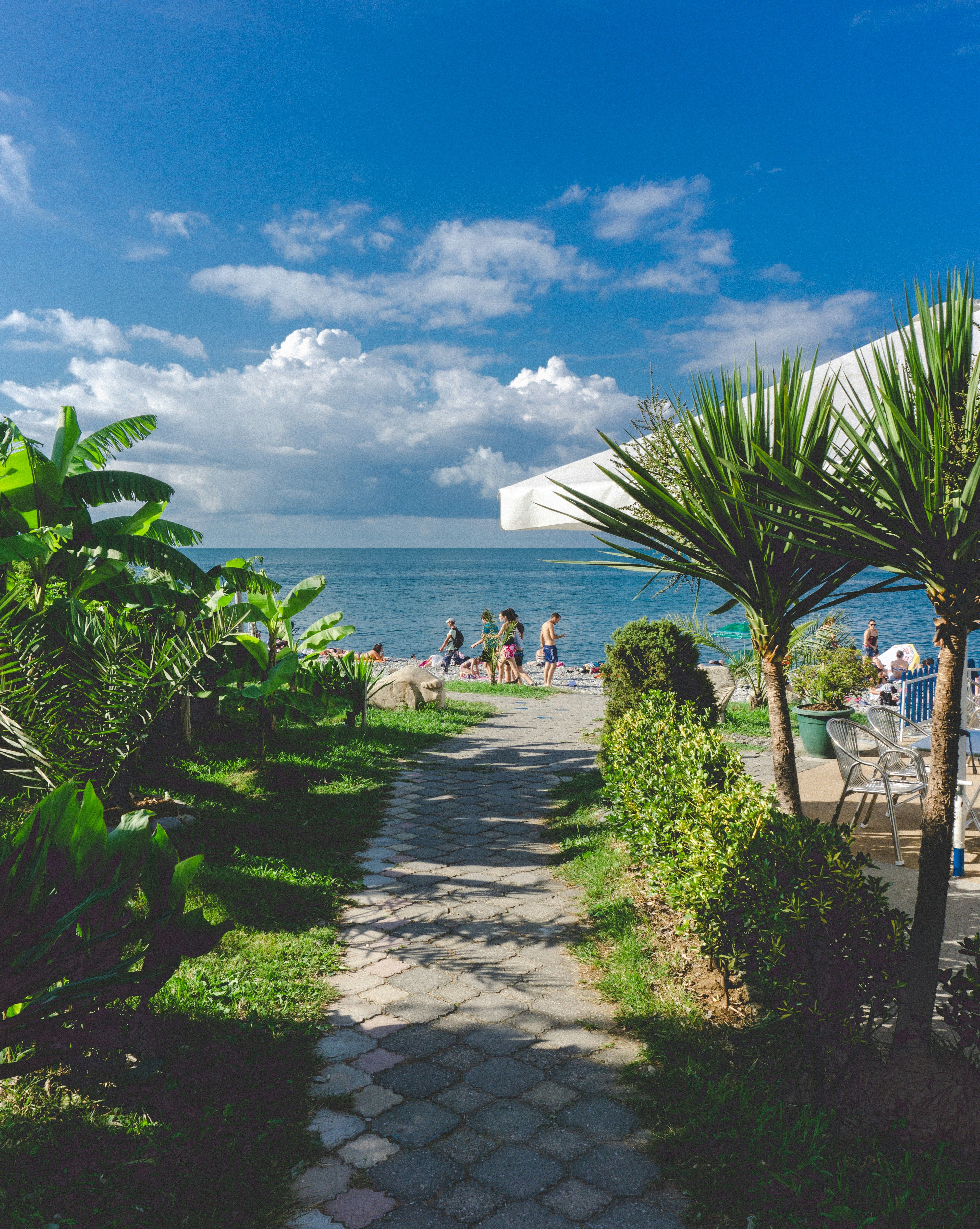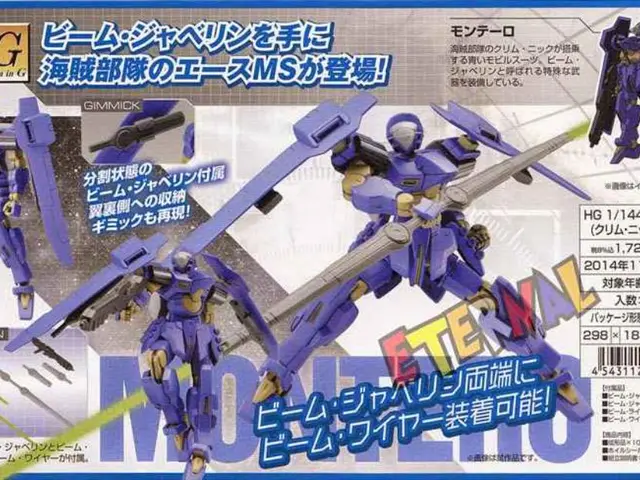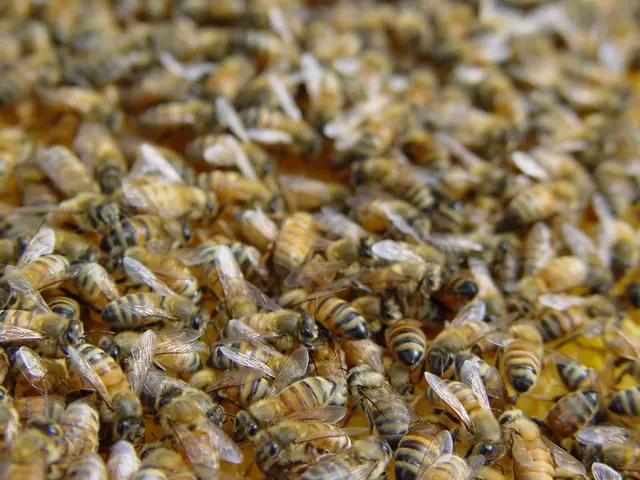Additional T-7 Fighter Jets Could Bolster Air Force's Data Reliance Due to Unusable Information
The T-7A Red Hawk trainer jet, developed by Boeing and Saab, is undergoing rigorous testing and design changes to ensure operational effectiveness. The Air Force's recent plans to acquire extra T-7 aircraft for testing aim to gather data more swiftly, as hundreds of flight hours on prototypes cannot be utilized for evaluating the system's performance due to significant design alterations.
According to the Director of Operational Test and Evaluation's 2024 annual report, a total of 548.5 hours were flown in two prototype T-7 aircraft. However, DOT&E will not include test data from these prototypes in its final evaluation, as they differ substantially from the aircraft contracted through the Engineering and Manufacturing Development phase.
The lack of available data leaves the T-7's performance and suitability unassessed by DOT&E. In response, the Air Force has announced plans to purchase four additional T-7 aircraft to bolster the test fleet from five to nine airframes. This decision is intended to speed up the flight test program and develop the T-7A pilot training curriculum.
Boeing initially proposed a design for the T-X program in 2018, aiming to create a production-representative initial design using the prototypes for testing. However, the T-7 has undergone—and continues to undergo—design changes to tackle issues such as the escape system, flight control software, high angle-of-attack portion of the flight envelope, propulsion, noise and vibration, and departure resistance.
Air Force Operational Test and Evaluation Center (AFOTEC) provided insight and feedback to Boeing throughout the design and developmental testing process. As of January, AFOTEC had assessed progress towards operational effectiveness and suitability, providing 41 recommendations, with 37 still open.
Test aircraft that differ from the prototypes are now being used for government-led developmental and operational testing purposes. These aircraft were delivered to Edwards Air Force Base, California, in November 2023, and testing soon commenced. The test flights concentrated on addressing safety-of-flight issues necessary for airworthiness certification.
The 2024 annual report, written when only three of the planned five initial EMD airplanes had been delivered, reported that the Air Force had flown "46.9 hours over 46 missions in EMD aircraft." Developing the T-7A further will require resolving challenges associated with structural loads, subsystems, tanker formation, crew systems, On-Board Oxygen Generation System (OBOGS), mission systems, and high-angle-of-attack testing.
The developmental testing is expected to continue until the end of 2026, with a year-long delay compared to previous estimates. This timeline does not account for the additional aircraft the Air Force has chosen to include in the test fleet. The Air Force aims to make a production decision on the T-7 by fiscal 2026 and reach initial operational capability by 2027.
Despite recurring delays, the T-7A program achieved some milestones in 2024, such as initial cold and hot weather testing at the McKinley Climatic Laboratory at Eglin Air Force Base, Florida. However, ongoing issues remain, such as the T-7A escape system not meeting required safety standards and the onboard oxygen generating system's performance needing further evaluation.
Boeing has incurred a $900 million loss on the T-7 program due to delays and issues. The company reported a $500 million loss just last quarter.
- The aviation industry is closely monitoring the T-7A Red Hawk trainer jet, as it undergoes design changes in response to the Air Force's need for operational effectiveness.
- The Space Force, a branch of the air force, is keen on the T-7 aircraft, as its test fleet will soon expand to nine airframes, aiming to speed up the flight test program and develop the T-7A pilot training curriculum.
- In the realm of finance, the T-7 program has been a costly endeavor for Boeing, with a reported $900 million loss due to delays and issues.
- The aerospace technology used in the T-7, such as the flight control software, high angle-of-attack portion of the flight envelope, and departure resistance, is undergoing rigorous testing at Edwards Air Force Base, California.
- The sports of aviation and air force are not untouched by the T-7 program, as teams of pilots are gearing up to test these aircraft, aiming to gather data for the Air Force's operational needs.








